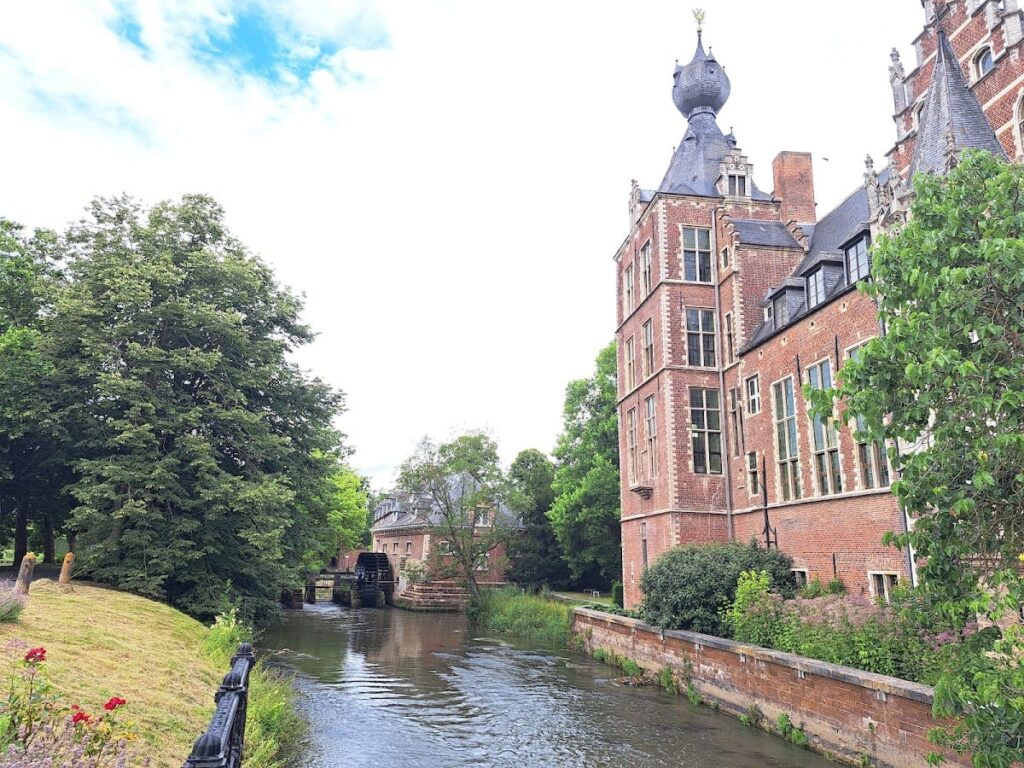Château of Arenberg: A Historic Estate in Heverlee, Belgium
Visitor Information
Google Rating: 4.6
Popularity: Medium
Google Maps: View on Google Maps
Official Website: www.visitleuven.be
Country: Belgium
Civilization: Medieval European
Remains: Military
History
The Château of Arenberg stands in Heverlee, near Leuven in Belgium, on land originally occupied by a medieval castle dating back to the 12th century. This early fortress belonged to the local lords of Heverlee. In 1445, facing financial difficulties, these lords sold the property to the Croÿ family from Picardy. Soon after, the Croÿ family demolished most of the medieval castle, sparing only one tower, and began building the present château in 1455.
William de Croÿ, the grandson of Antoine I de Croÿ, completed the château in 1515. He also founded a Benedictine Celestine monastery on the estate, marking the only establishment of this religious order in the Southern Netherlands. The château remained with the Croÿ family until 1612, when it passed by marriage to the German House of Arenberg after Charles III of Croÿ died without heirs.
The Arenberg family maintained residence at the château until the First World War. During the conflict, German and Austrian troops occupied the site. After the war, the Belgian government confiscated the property due to the Arenbergs’ close connections with the Habsburg monarchy. In 1921, the university acquired the château and its grounds, repurposing them as a campus dedicated to natural sciences and engineering.
Following the 1968 linguistic division of the University of Leuven, the château became part of the Dutch-speaking Katholieke Universiteit Leuven (KU Leuven). It now houses the Faculty of Engineering, including departments focused on architecture, urban planning, and conservation. The former Celestine monastery has been converted into the campus library, preserving its religious heritage in an academic setting.
Remains
The château exhibits a Flemish Renaissance style, built primarily of brick with sandstone window frames. It features large square towers at its corners, originally topped with German eagles, including a distinctive double-headed eagle on bulbous tower roofs. The building incorporates elements from Gothic, Renaissance, Baroque, and 19th-century neo-Gothic styles, reflecting various phases of alteration.
The site includes a park of about 29 hectares surrounding the château, situated in a flat valley approximately 24 meters above sea level. The former Celestine monastery, now serving as the university library, remains part of the complex and is located on Celestijnenlaan, a street named after the monastic order.
The château is well preserved and adapted for academic use, containing lecture rooms and studios. Its historical structures remain largely intact, maintaining their original materials and forms while serving modern functions. The combination of medieval remnants, Renaissance construction, and later architectural additions illustrates the site’s long and varied history.










